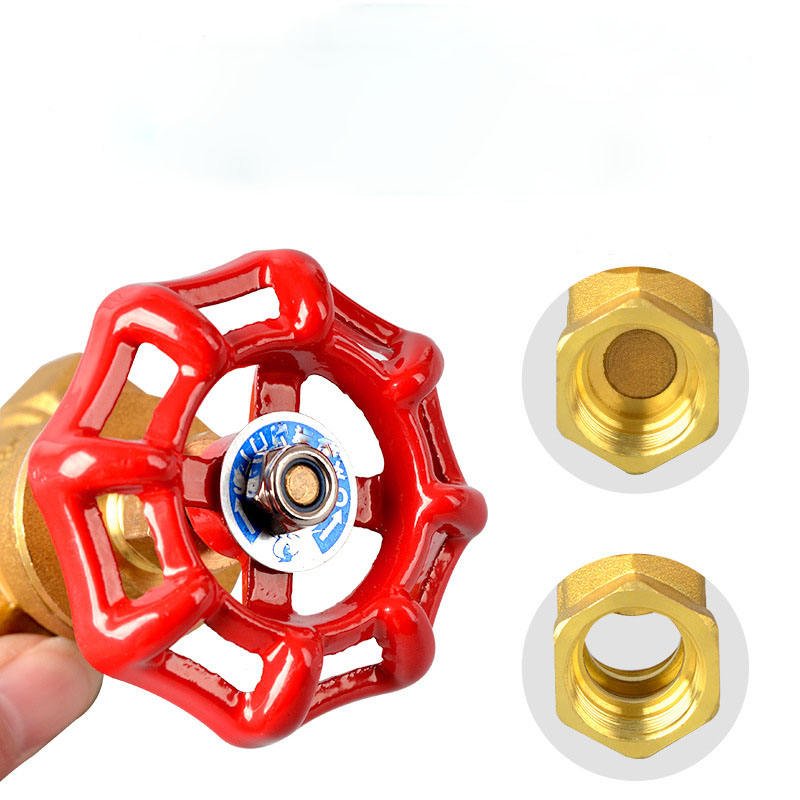When dealing with gate valves, one of the most common challenges is ensuring accurate measurements. Incorrect measurements can lead to improper fittings, leaks, and even system failures. These issues not only cause operational disruptions but also result in costly repairs and downtime. The good news is that measuring a gate valve correctly is straightforward if you know the right steps. This article will guide you through the process, ensuring you get it right every time.
To measure a gate valve, you need to determine its size, which includes the diameter of the valve’s bore and the length of the valve body. Standard gate valve sizes are typically measured in inches or millimeters, and the size is often stamped on the valve body. For precise measurements, use a caliper to measure the inner diameter of the valve’s bore and the overall length of the valve.
Understanding how to measure a gate valve is crucial for ensuring compatibility with your piping system. Let’s dive deeper into the specifics to help you master this essential skill.

What is the Size of a Gate Valve?
The size of a gate valve refers to the diameter of the valve’s bore, which is the opening through which fluid flows. This measurement is critical because it must match the diameter of the piping system to ensure a proper fit. Gate valves come in various sizes, typically ranging from 1/2 inch to 24 inches or more, depending on the application.
To measure the size of a gate valve, you can use a caliper to measure the inner diameter of the valve’s bore. This measurement will give you the nominal size of the valve, which is usually expressed in inches or millimeters. For example, a valve with a 2-inch bore will fit perfectly with a 2-inch pipe.
It’s also important to consider the overall length of the valve body, as this can affect installation. The length can vary depending on the valve’s design and the manufacturer. Always refer to the manufacturer’s specifications for precise measurements.
What is the Standard Size of Valve?
Standard valve sizes are determined by industry standards, which ensure compatibility across different systems and manufacturers. The most common standard for gate valves is the American National Standards Institute (ANSI) standards, which specify the dimensions for various valve sizes.
For gate valves, the standard sizes typically range from 1/2 inch to 24 inches. These sizes correspond to the nominal pipe size (NPS), which is a standardized sizing system used in North America. For example, a 1-inch gate valve will fit a 1-inch pipe, and a 2-inch gate valve will fit a 2-inch pipe.
In addition to the bore size, standard gate valves also have standardized face-to-face dimensions, which refer to the length of the valve body from one end to the other. This standardization ensures that valves from different manufacturers can be used interchangeably in the same piping system.
When selecting a gate valve, always check the standard size to ensure compatibility with your piping system. Using a valve that adheres to industry standards will help prevent installation issues and ensure optimal performance.
How Many Inches is 32mm Gate Valve?
When dealing with gate valves, you may encounter measurements in both inches and millimeters. Converting between these units is essential for ensuring compatibility with your piping system. A 32mm gate valve is a common size used in many applications, but how does this measurement translate to inches?
To convert millimeters to inches, you can use the following formula: 1 inch = 25.4 millimeters. Applying this formula, a 32mm gate valve is approximately 1.26 inches. This means that a 32mm gate valve is slightly larger than a 1-inch valve but smaller than a 1.5-inch valve.
In practical terms, a 32mm gate valve is often used in systems that require a flow rate between that of a 1-inch and a 1.5-inch valve. When selecting a valve, it’s important to consider the specific requirements of your system, including the flow rate and pressure, to ensure optimal performance.
Always double-check the conversion when dealing with metric and imperial measurements to avoid compatibility issues. Using the correct size valve will help ensure a proper fit and prevent leaks or other operational problems.

Summary
Measuring a gate valve accurately is essential for ensuring compatibility with your piping system and preventing operational issues. By understanding the size of a gate valve, the standard sizes available, and how to convert between inches and millimeters, you can select the right valve for your needs. Always refer to the manufacturer’s specifications and use precise measuring tools to ensure accurate measurements.
Choose IVALVECRAFT, choose reliable partner, enjoy the high quality and best service.


